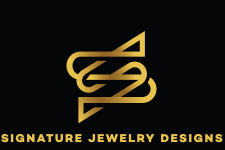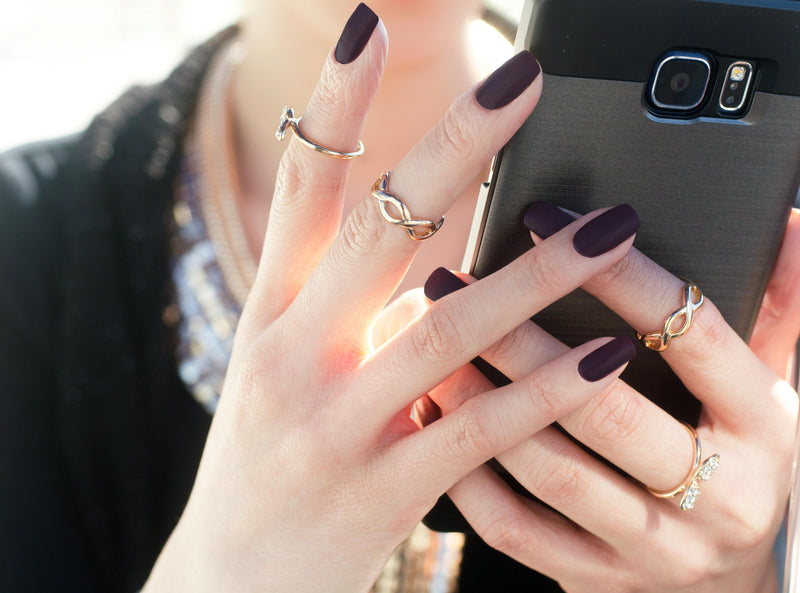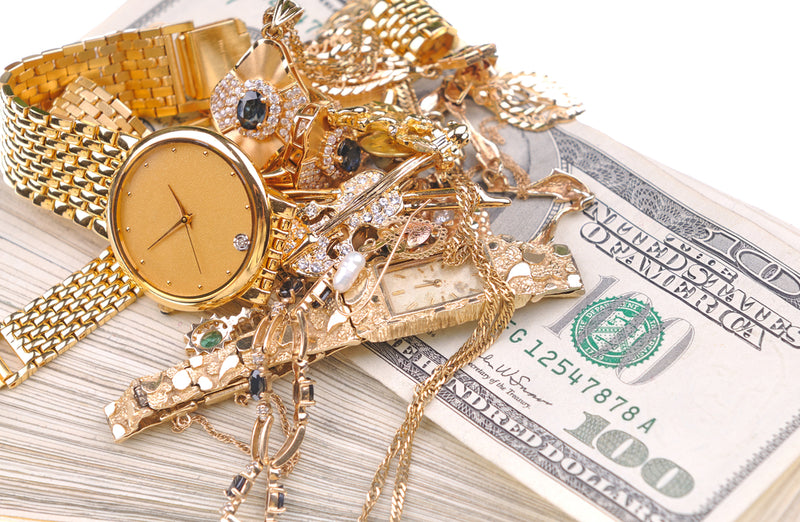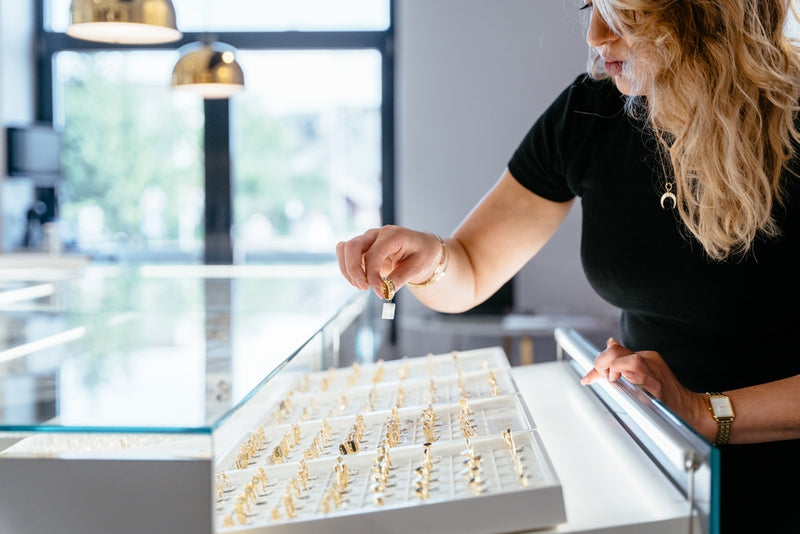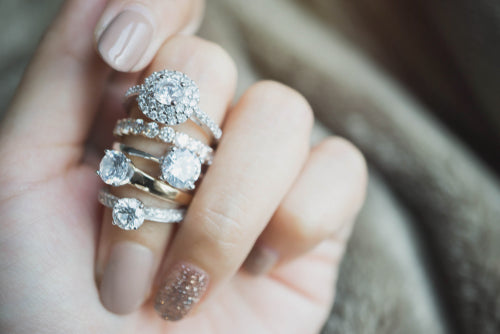
In a world where fashion trends come and go, there's something undeniably captivating about vintage jewelry. These exquisite pieces transcend time, capturing the essence of bygone eras while adding a touch of timeless elegance to any ensemble. Whether you're a seasoned collector or a newcomer to the world of vintage jewelry, this blog post will take you on a journey through the allure and history of these remarkable treasures.
The Charm of Vintage Jewelry:
Vintage jewelry encompasses a wide range of styles, from the intricately detailed Victorian pieces to the bold and geometric Art Deco designs of the 1920s. Each era brings its own unique charm and character to the jewelry it produces, making vintage pieces truly one-of-a-kind. Here are a few reasons why vintage jewelry continues to captivate hearts worldwide:
-
Craftsmanship: Vintage jewelry often boasts exceptional craftsmanship, with artisans dedicating time and skill to create intricate and detailed pieces. The attention to detail and quality of materials used in vintage jewelry sets it apart from mass-produced modern pieces.
-
Storytelling: Every vintage piece carries a story. It may have been a cherished heirloom passed down through generations, a symbol of love and commitment, or a reflection of the trends and culture of its era. Owning and wearing vintage jewelry allows you to become part of this rich history.
-
Uniqueness: Vintage jewelry is not readily available in every store, making it a unique and distinctive choice. You won't find yourself wearing the same piece as everyone else, ensuring that your style stands out.
-
Sustainability: Choosing vintage jewelry is an environmentally friendly choice. By opting for pre-loved pieces, you're reducing the demand for new resources and promoting a sustainable approach to fashion.
Popular Vintage Jewelry Eras:
To truly appreciate vintage jewelry, it's essential to understand the distinctive styles of each era:
-
Victorian (1837-1901): Known for its romantic and intricate designs, Victorian jewelry often features motifs such as hearts, flowers, and cameos. Queen Victoria's love for jewelry profoundly influenced this era.
-
Art Nouveau (1890-1910): Characterized by flowing lines and nature-inspired motifs, Art Nouveau jewelry showcases a sense of organic beauty and fluidity.
-
Art Deco (1920-1939): Art Deco jewelry embraces bold geometric shapes, symmetry, and the use of colorful gemstones. This era represents a shift towards modernism and sophistication.
-
Mid-Century (1940s-1960s): With the end of World War II, jewelry designs became more glamorous and Hollywood-inspired. Think of Marilyn Monroe and Audrey Hepburn's iconic styles.
Tips for Buying Vintage Jewelry:
-
Research: Educate yourself about the era and style you're interested in. Understanding the craftsmanship and materials used will help you make an informed purchase.
-
Authenticity: Seek reputable dealers or stores specializing in vintage jewelry to ensure authenticity and quality.
-
Condition: Examine the piece closely for any signs of wear or damage. Vintage jewelry may show signs of age, but excessive wear and tear should be considered carefully.
-
Provenance: If possible, gather information about the piece's history and previous owners, as this can add to its allure and value.
Conclusion:
Vintage jewelry is more than just a fashion statement; it's a connection to the past, a celebration of craftsmanship, and a way to express your unique style. Whether you're drawn to the romance of the Victorian era, the avant-garde designs of Art Deco, or any other vintage style, these pieces have the power to transform your look and tell a story that spans generations. Explore the world of vintage jewelry and let its timeless elegance enhance your personal style.
